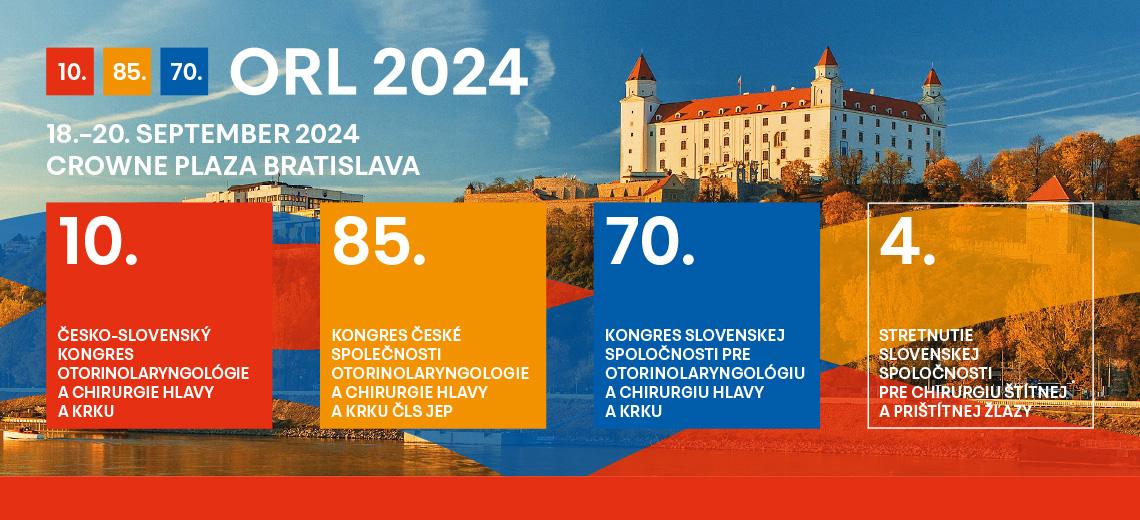About Bratislava
Bratislava is located in the heart of Europe, in the southwest of Slovakia. The city is uniquely positioned as the only capital in the world bordered by two neighboring countries, with Slovakia's boundary meeting Hungary to the south and Austria to the west.
Bratislava lies on the banks of the Danube, the second longest river in Europe. The central part of the Danube basin begins at the Devínská gate in the west of Bratislava. The city is part of the Bratislava region, one of the eight into which Slovakia is divided. The city occupies a total area of 367.58 square kilometers.
Known in Roman and Greek history as Istropolis, as Pressburg for Germans, Pozsony for Hungarians, Prešporok for Slovaks, and briefly as Wilson City after the division of the Austro-Hungarian monarchy, Bratislava acquired its current name only in 1919.
The city has a long and proud history dating back to Celtic culture (around 200 BC). Bratislava is one of the vertices of the so-called "Golden Central European Triangle" (the other two being Vienna and Budapest), one of the most promising regions in Europe. For centuries, it has been a crossroads of two important historical trade routes – the Danube and the Amber Route.

Bratislava was the capital of the Kingdom of Hungary for 247 years (1536–1783) and the coronation city for 267 years. In St. Martin's Cathedral, from 1563 to 1830, a total of 11 kings and queens were crowned, along with their 8 consorts, including Maria Theresa of Austria.
There is much to see and experience in the city itself. The magnificent palaces of the Austro-Hungarian noble families who built the palaces adorn the city, and many are now open to the public as museums and galleries. The former seat of rulers, now a symbol of Bratislava and the home of the Museum of History – Bratislava Castle – is built on fortifications of the Celts, Romans, and Slavs. The castle has been destroyed multiple times and recently underwent extensive reconstruction. From its 47-meter-high Crown Tower and fortifications, there is a magnificent view of the medieval old town and the Danube Valley.
Bratislava was once one of the most important centers of Jewish learning in Europe. The unique memorial to its most famous rabbi, Chatam Sofer, and the Museum of Jewish Culture celebrate this heritage. The memorial is often visited by Orthodox pilgrims from around the world.

On the opposite side of the river, distinctive rows of panel houses with the iconic SNP Bridge (Bridge of the Slovak National Uprising) in the foreground represent the architecture of the communist era. The observation tower "UFO" itself houses a restaurant with a bar and an observation platform 95 meters above the Danube, offering a breathtaking view of the city and a panorama extending up to 100 km. The river is, of course, one of the main assets of the city. Pedestrian bridges Nový most and Starý most are excellent spots for observing river traffic.
It's no wonder that the Slovak capital has some of the best restaurants in the country, ranging from simple traditional eateries to sophisticated dining establishments, offering a diverse range from Slovak to international cuisine. Fresh, crisp rosé and white wines from Slovakia have won numerous awards in international competitions. Exploring the rich history of Slovak wines will help the curious taster appreciate their journey to fame.

Do you want to learn more about Bratislava and visit the most interesting places? You can find more information at this link.
Download a map or information brochure here:
1. Map
2. City guide
4. Gatronomy



